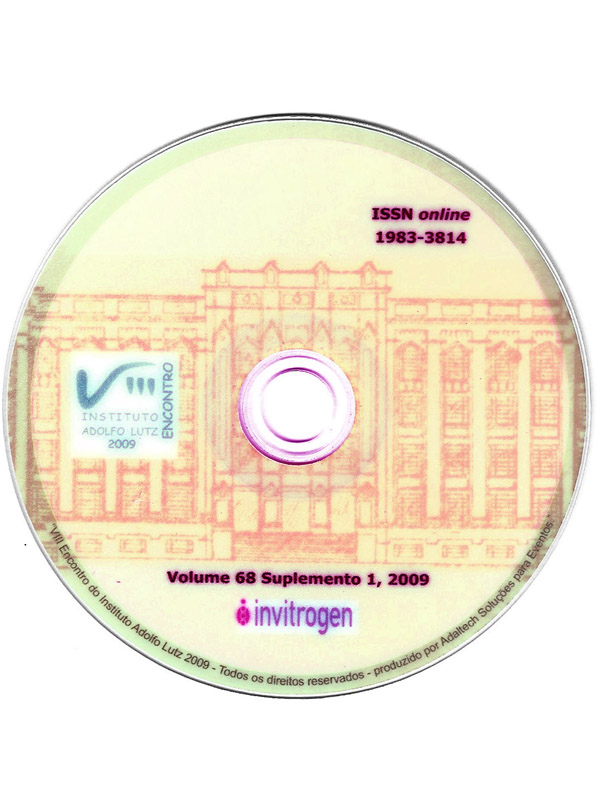Resumo
ObjectivesIn the last years, the number of Brazilian Spotted Fever (BSF) ases has been increased in the State of Rio de Janeiro. Despite this, vectors and hosts epidemiologic data are insipient. Recently the first fatal case was registered in Barra Mansa municipality. Having in mind the adoption of adequate rickettsiosis control strategies we developed an epidemiological study, using immunological and molecular techniques, to detect Rickettsia species in potential vectors and hosts of this new BSF focus. Methods Sera and ectoparasites were collected from domestic animals living in a house were a fatal case clinically compatible with BSF had occurred. The habitation of the patient, a 12 years old boy, was constituted by an isolated house surrounded by a scarcely vegetation, at the peri-urban area of Barra Mansa municipality, State of Rio de Janeiro (22º 31’ 54.1’’S, 44º09’19.0’’W). The host sera were examined to detect anti-bodies against spotted fever rickettsiae group, by Indirect Immunofluorescence Assay (IFA) using Rickettsia rickettsii antigen. After identification, ectoparasites were pooled according to species, sex, and host. Each pool was compounded by 1 to 3 ticks or 1 to 8 fleas, performing one vector sample. Genomic DNA was extracted from sera aliquots and vector samples by the use of, respectively, QIAamp® DNA Blood (QIAGEN, Hilden) and 5M NaCl2 (Aljanabi; Martinez 1997). Polymerase chain reaction (PCR) was performed to access rickettsial gene (gltA) using previously described conditions in Labruna et al. 2004. The minimum infection rate of ticks or fleas (gltA amplification) was determinate for each vector species (Burket et al 1998). The amplified fragments were cloned and sequenced in both forward and reverse directions, using ABI Prism dGTP BigDye Terminator Ready Reaction Kit (Perkin Elmer, Foster City, CA). Results Rhipicephalus sanguineus n=191 and Ctenocephalides felis n=61 were collected from dogs n=7, performing 42 vector pools. The only existent cat was ectoparasite free, showed antibody to Rickettsia rickettsii IgG, but no fragment of rickettsial gene was amplified by PCR. No rickettsial infection or antibody was detected in the analyzed dogs. Minimum Infection Rates of vectors were 3.38% and 15%, respectively, for ticks and fleas. The analysis of the gltA gene base sequences showed identity with Rickettsia rickettsii CP000848 Rickettsia sanguineus sample, Rickettsia felis CP000053 Ctenocephalides felis samples,and Rickettsia sp TwKM03 AF540555 Ctenocephalides felis samples gene sequences available in the GenBank. Conclusion The present study allowed us to reporter for the first time Rickettsia rickettsii infecting the brown dog tick Rhipicephalus sanguineus in Brazil, and Rickettsia felis and Rickettsia sp TwKM03 infecting Ctenocephalides felis in a BSF focus of Rio de Janeiro.Our data strongly suggest dogs and Rickettsia sanguineus association implicated in epidemioly of BSF rickettsiosis in the studied local.

Este trabalho está licenciado sob uma licença Creative Commons Attribution 4.0 International License.
Copyright (c) 2009 FS Gehrke, GS Gazeta, ER Souza, A Ribeiro, MT Marrelli, TTS Schumaker
